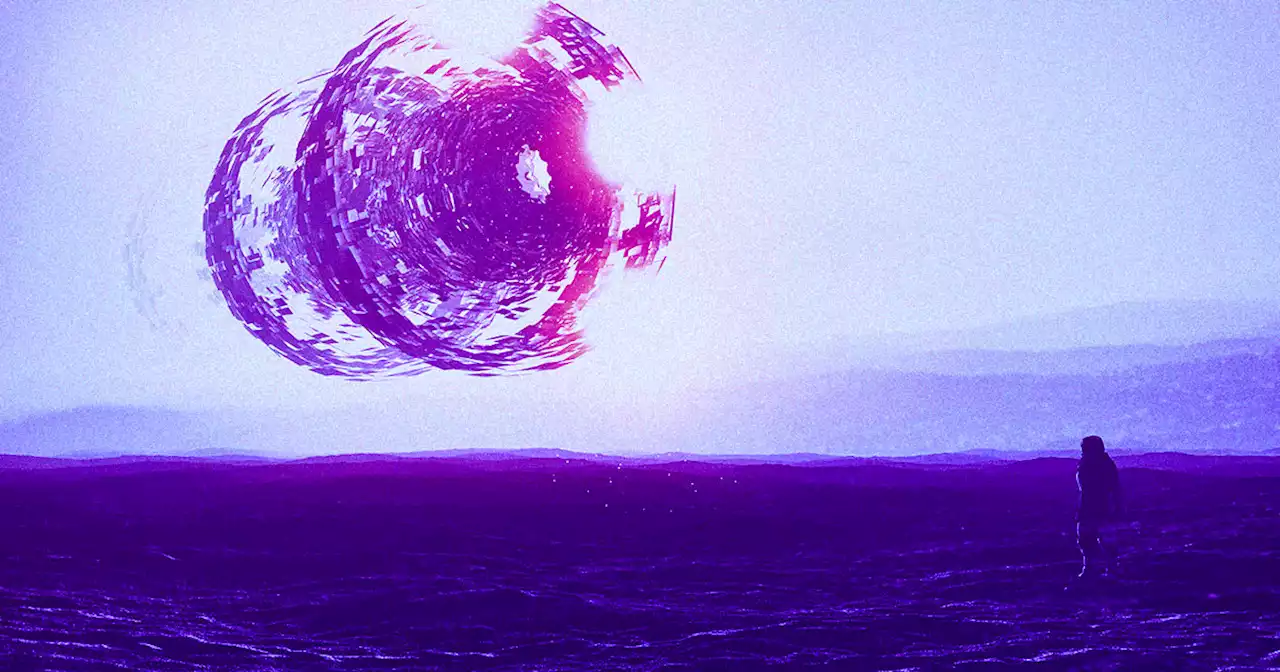This is the second circumbinary multiplanet system astronomers have found. There should be many more, but they're hard to find.
A summer intern at NASA’s Goddard Space Flight Center found the first planet around the binary in 2017. TOI 1338 b is a circumbinary planet with about 33 Earth masses and is in between Saturn and Neptune in size. It’s on a 95-day orbit around the binary stars.
Because of TOI 1338 b’s inclination, from our perspective, it will stop transiting in front of its star in November 2023. Then in about 2031, we’ll see the transits again. ” It’s been accepted for publication in Nature Astronomy and is available on arxiv.org. The lead author is Matthew R. Standing, a Ph.D. student at the School of Physics and Astronomy, University of Birmingham, UK.
Now we know of 12 circumbinary planets, and two of them are in multiplanet systems. The first multiplanet circumbinary system astronomers found is called Kepler-47, and it hosts three known explanets. The BEBOP observing program is designed to uncover more circumbinary planets and find out more about them. Its main goal is to find more of them, and it’ll do that by overcoming some of Kepler’s observational biases.
“If we are to unveil the mysteries of circumbinary Tatooine-like exo-atmospheres, the TOI-1338/BEBOP-1 system provides a new hope.”Finding another multi-planet circumbinary system and determining their masses is an important discovery. While these systems up-end some parts of the models for how planets form, they’ll ultimately make our models more accurate.
United States Latest News, United States Headlines
Similar News:You can also read news stories similar to this one that we have collected from other news sources.
 The Second Alien Probe We Detect May Be Particularly Bizarre, Scientist SaysThe first probe sent to us by an alien civilization may not actually be the first to have been sent, which could make first contact super confusing.
The Second Alien Probe We Detect May Be Particularly Bizarre, Scientist SaysThe first probe sent to us by an alien civilization may not actually be the first to have been sent, which could make first contact super confusing.
Read more »
 Does Failing to Detect Aliens Mean We’ll Never Be Contacted?In a recent paper submitted to The Astronomical Journal in November 2022, a scientist at the Swiss Federal Institute of Technology Lausanne quantifies how the Earth has not heard a radio signal from an extraterrestrial technological civilization over the course of approximately the last 60 years, which is when the Search for Extraterrestrial Intelligence (SETI) … Continue reading 'Does Failing to Detect Aliens Mean We’ll Never Be Contacted?'
Does Failing to Detect Aliens Mean We’ll Never Be Contacted?In a recent paper submitted to The Astronomical Journal in November 2022, a scientist at the Swiss Federal Institute of Technology Lausanne quantifies how the Earth has not heard a radio signal from an extraterrestrial technological civilization over the course of approximately the last 60 years, which is when the Search for Extraterrestrial Intelligence (SETI) … Continue reading 'Does Failing to Detect Aliens Mean We’ll Never Be Contacted?'
Read more »
 CRISPR voles can’t detect ‘love hormone’ oxytocin — but still mate for lifePrairie voles lacking oxytocin receptors bonded with mates and cared for pups.
CRISPR voles can’t detect ‘love hormone’ oxytocin — but still mate for lifePrairie voles lacking oxytocin receptors bonded with mates and cared for pups.
Read more »
 Astronomers Suggest More Galaxies Were Formed in the Early Universe Than Previously ThoughtExploring the universe's earliest galaxies with NASA's new space telescope. A team of astronomers, headed by Haojing Yan at the University of Missouri, have used NASA’s James Webb Space Telescope (JWST) Early Release Observations and discovered 87 galaxies that could be the earliest known galaxies
Astronomers Suggest More Galaxies Were Formed in the Early Universe Than Previously ThoughtExploring the universe's earliest galaxies with NASA's new space telescope. A team of astronomers, headed by Haojing Yan at the University of Missouri, have used NASA’s James Webb Space Telescope (JWST) Early Release Observations and discovered 87 galaxies that could be the earliest known galaxies
Read more »
 Astronomers Prepare to Launch LuSEE Night, A Test Observatory on the Far Side of the MoonThe LuSEE Night mission to the far side of the Moon will launch in 2025 and chart a new pathway to Lunar observatories.
Astronomers Prepare to Launch LuSEE Night, A Test Observatory on the Far Side of the MoonThe LuSEE Night mission to the far side of the Moon will launch in 2025 and chart a new pathway to Lunar observatories.
Read more »
 Astronomers are Working on a 3D map of Cosmic DawnThe latest results from the HERA Collaboration suggest how the earliest galaxies in the Universe slowly dispelled the cosmic 'Dark Ages.'
Astronomers are Working on a 3D map of Cosmic DawnThe latest results from the HERA Collaboration suggest how the earliest galaxies in the Universe slowly dispelled the cosmic 'Dark Ages.'
Read more »
